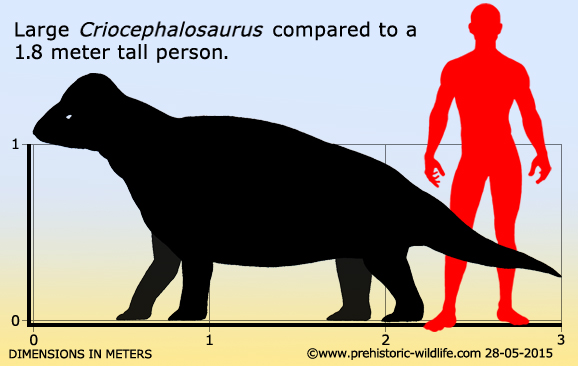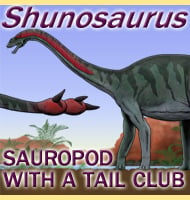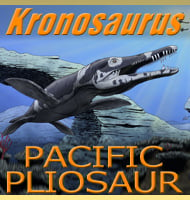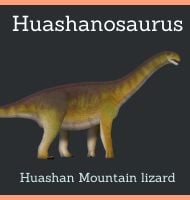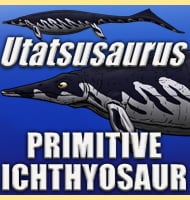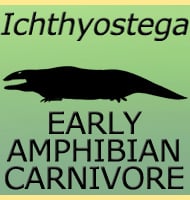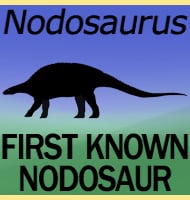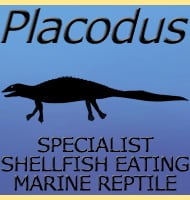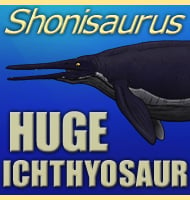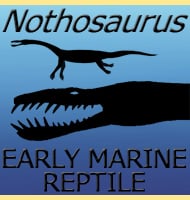In Depth
A relative of the genus Moschops, Criocephalosaurus was a tapniocephalid dinocephalian therapsid that lived in South Africa during the Permian. As with relative genera, Criocephalosaurus is noted for having a skull that grew extremely thick on top, perhaps as a form of display or as something used in head pushing contests with rivals.
Criocephalosaurus was originally named as Criocephalus in 1928 by Robert Broom, however this name was later realised to have already been used to name a beetle, so the name was changed to Criocephalosaurus in 2002 to avoid confusion.
Further Reading
- Replacement names for the therapsid genera Criocephalus Broom 1928 and Olivieria Brink 1965. - Palaeontologia Africana 38: 71–72. - C. F. Kammerer & C. A. Sidor - 2002.
